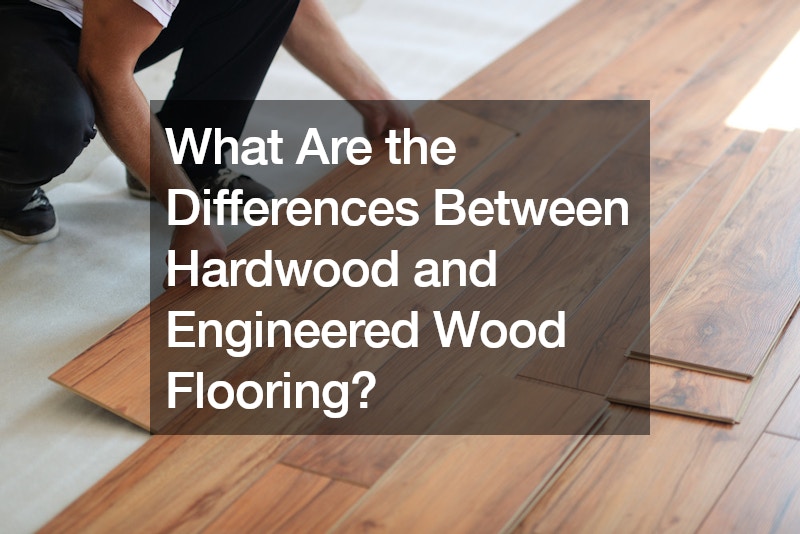Hardwood and engineered wood flooring offer distinct characteristics and benefits, catering to different preferences and needs. Hardwood flooring is made from solid wood planks cut from a single piece of timber, providing a timeless aesthetic and durability. It offers the natural beauty of authentic wood grain patterns and can be sanded and refinished multiple times to maintain its appearance.
On the other hand, engineered wood flooring consists of multiple layers of wood veneer bonded together with adhesives. The top layer is typically made of hardwood, such as engineered oak flooring, while the bottom layers are composed of plywood or high-density fiberboard (HDF). Engineered wood flooring offers greater dimensional stability and resistance to moisture compared to solid hardwood, making it suitable for installation in areas with fluctuating humidity levels, such as basements or bathrooms.
While both types of flooring offer beauty and durability, there are differences in installation methods and suitability for various environments. Engineered wood flooring is often preferred for below-grade installations or in areas with high humidity, where solid hardwood may be prone to warping or cupping. Additionally, engineered wood flooring is typically more affordable than solid hardwood, making it a budget-friendly option for homeowners seeking the look of hardwood without the higher cost.












